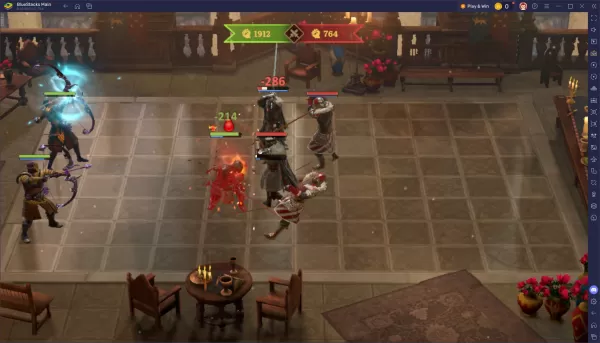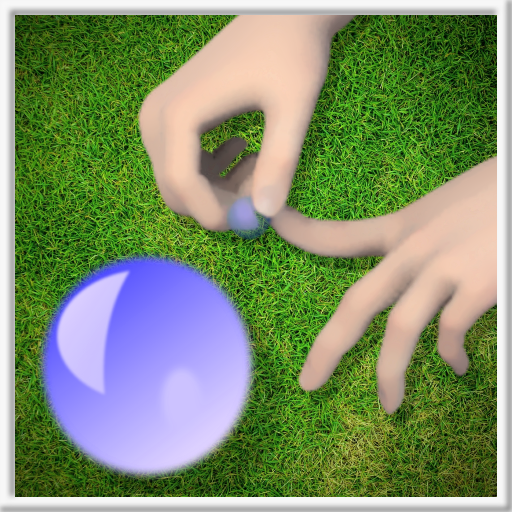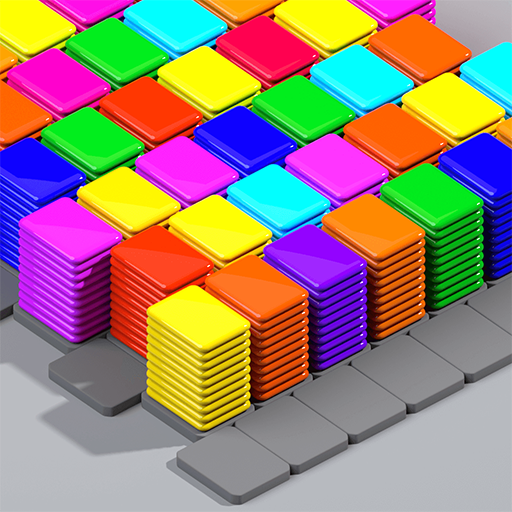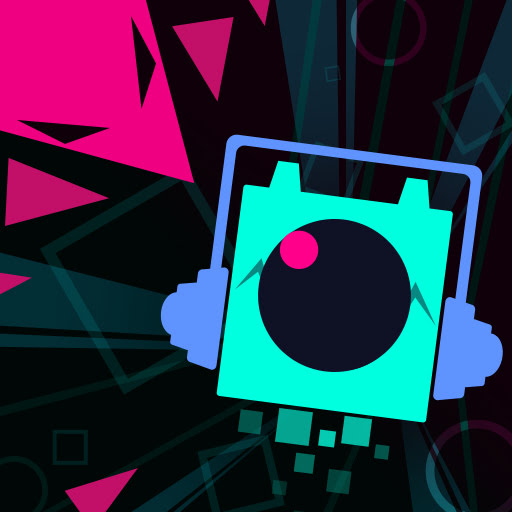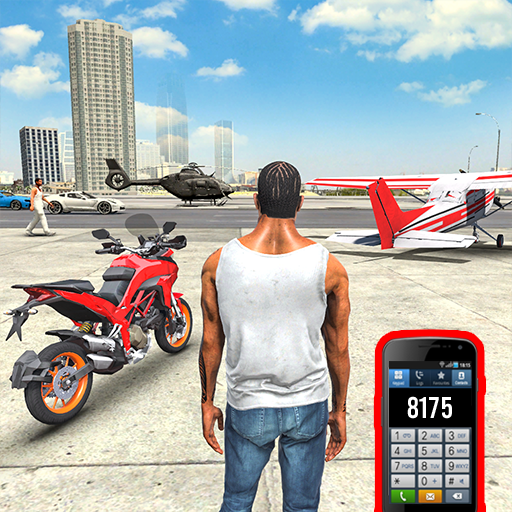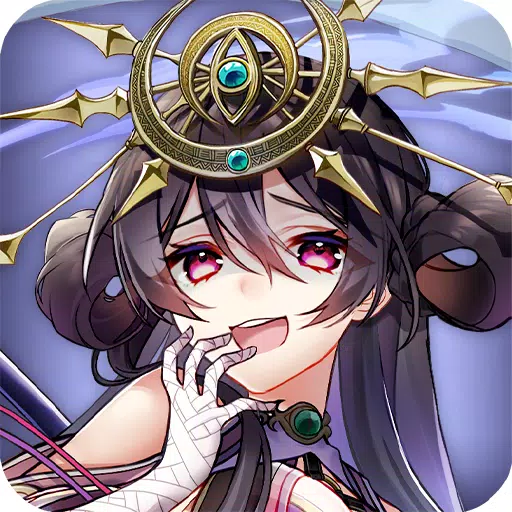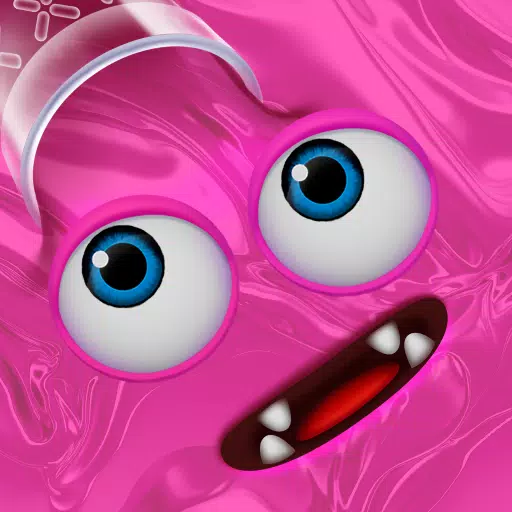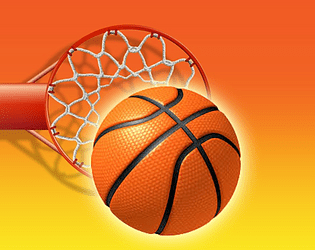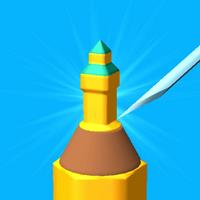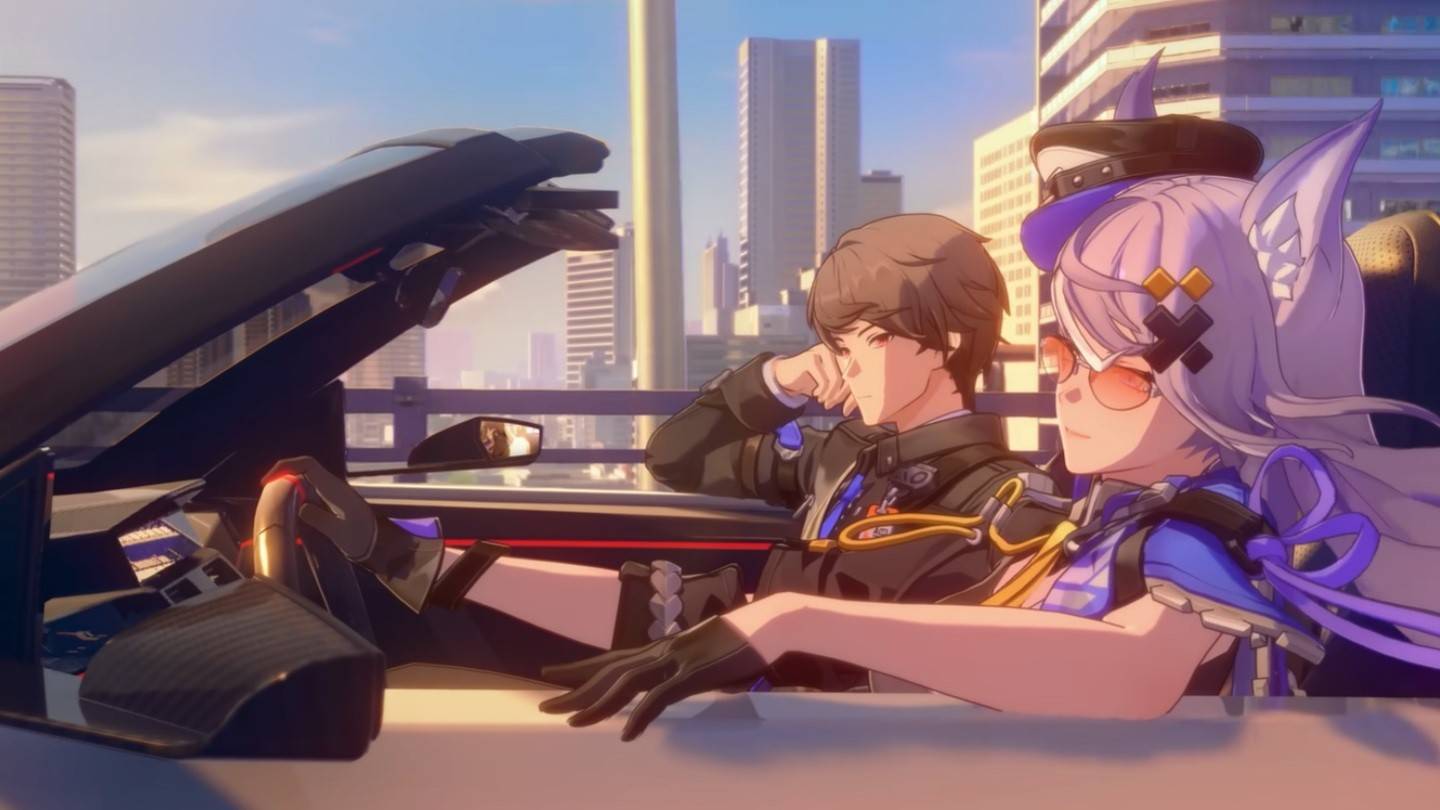At the start of April, Nintendo unveiled the highly anticipated Switch 2 Direct presentation, which showcased an array of exciting new features and a diverse lineup of upcoming games. However, the event concluded with a notable omission—the price of the new console. Fans' fears of a significant price increase were soon confirmed when Nintendo announced on the Switch 2's newly launched website that the console would be priced at $449, a $150 increase from the original Switch's launch price of $299. This revelation, coupled with the announcement that the flagship launch game, Mario Kart World, would cost $80, sparked both anger and concern among fans about the implications for the console's market performance.
Some Nintendo enthusiasts, still reeling from the disappointing Wii U era, quickly voiced their concerns, predicting that the Switch 2's steep price could limit its appeal and potentially lead to another commercial failure for the company. They questioned the value of paying $450 for what they considered to be essentially last-generation technology, especially when the price was comparable to that of a PS5 or Xbox Series X. However, these fears were soon alleviated when Bloomberg reported that the Switch 2 was poised to become the biggest console launch in history, with projections suggesting sales of 6-8 million units. This figure would surpass the previous record of 4.5 million units held by the PS4 and PS5, indicating strong demand for the Switch 2 despite its price.
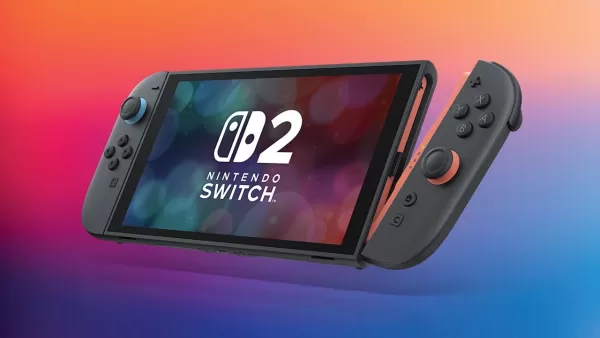
The Switch 2, while not an inexpensive device, is priced similarly to its competitors. To understand why the Switch 2 is expected to thrive, we can look at Nintendo's past, particularly the Virtual Boy. Launched 20 years ago, the Virtual Boy was Nintendo's first and only attempt at virtual reality. Although the concept of VR was appealing, the technology at the time was not ready for mass adoption, and the Virtual Boy itself was far from cutting-edge. It required users to hunch over a table to peer into a viewport filled with a red-hued display, and it was notorious for causing headaches. The technology simply did not meet consumer expectations.
In contrast, the Switch 2 is more akin to the Wii, which introduced highly effective motion control technology that revolutionized gaming and broadened its appeal. The Wii's innovative approach to gameplay not only changed how games were played but also expanded the gaming demographic significantly. The enduring popularity of motion controls in Nintendo's consoles, seen in games like Pikmin and Metroid Prime, underscores the Wii's lasting impact.
Creating a truly desirable console is not unique to Nintendo; Sony's PlayStation 2, with its ability to play DVDs, is another example. However, when Nintendo succeeds, it does so exceptionally well. The original Switch's seamless transition between handheld and console modes was a game-changer, blurring the lines between the two categories. While the Switch 2 may not be as groundbreaking, it addresses the main criticism of its predecessor—its limited power—effectively meeting consumer demands.
The Switch 2's pricing aligns well with that of its competitors. The Wii U, Nintendo's most recent commercial disappointment, serves as a reminder that hardware alone is not enough; a strong game lineup is crucial. The Wii U's launch title, New Super Mario Bros. U, failed to innovate on a formula that had grown stale, contributing to the console's lackluster sales. In contrast, the Switch 2 not only inherits a robust library of games from its predecessor but also introduces new ways to experience them through graphical enhancements and fresh content. Mario Kart World, the Switch 2's launch game, reinvents the series with an open-world design reminiscent of Forza Horizon, offering a compelling reason for gamers to upgrade. Additionally, the promise of a new 3D Donkey Kong game and an exclusive FromSoft title further bolsters the Switch 2's appeal.
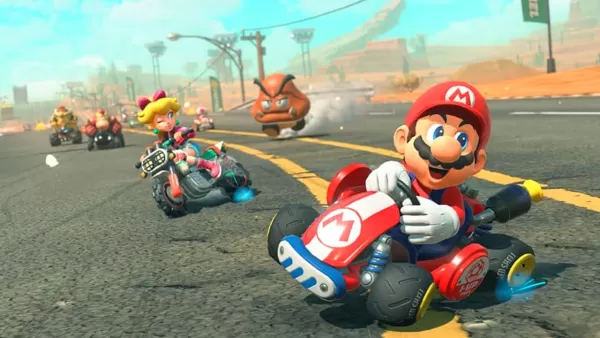
Mario Kart World promises to be a significant upgrade over Mario Kart 8 Deluxe. While the Switch 2's price of $449 may be considered high, it is consistent with the pricing of other flagship consoles. The standard, disc-based PS5 and the Xbox Series X are priced similarly, and although the Switch 2's hardware may be less powerful, its unique offerings justify its cost. The PS3's launch at $499 to $600 in 2006 serves as a cautionary tale of how high pricing can negatively impact sales, but in today's market, the Switch 2's price is not unprecedented and aligns with industry norms.
Nintendo's success in the gaming industry stems from its ability to create games that set standards, which consumers are willing to pay a premium for. The Switch 2, priced competitively within the industry, offers a desirable piece of technology loaded with sought-after games. While there may be limits to what consumers will pay, especially with rising game prices, the current pricing of the Switch 2 aligns with the benchmark set by competitors. With over 75 million PlayStation 5 consoles sold, it's clear that consumers are willing to pay the price for premium gaming experiences.

